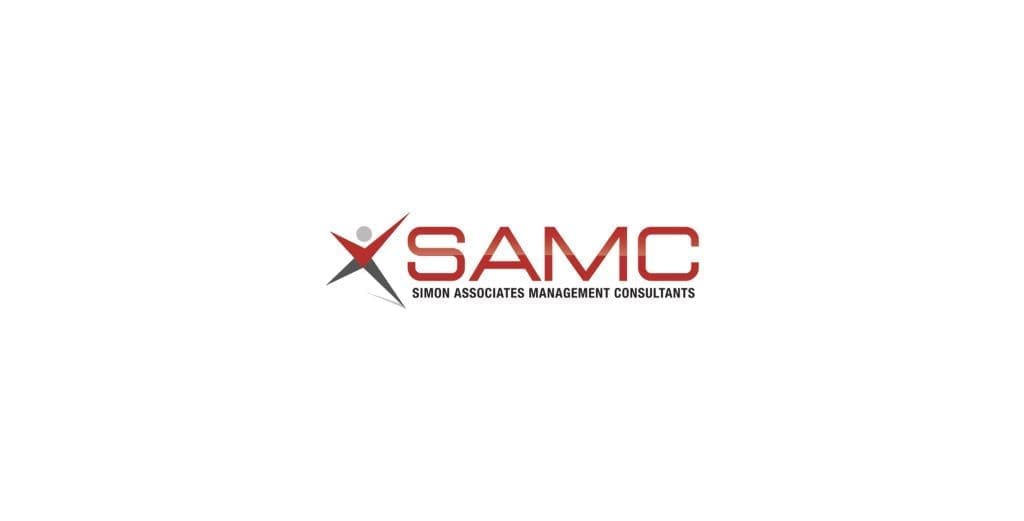 “We’ve employed these doctors but they act like they’re still in private practice…”
“We’ve employed these doctors but they act like they’re still in private practice…”
It’s more than frustrating to work hard to align a practice into a health system only to see its referrals going to a competitor, or its practice patterns not meeting the patients’ needs.
Across the country, healthcare leaders feel they have done their part to offer fair packages and make employment a viable option for those physicians who want that type of practice. In exchange, the expectation is that the groups fully “engage.”
Often, what the hospital (employer) wants vs. what the doctor (employee) wants can be problematic
Understandably, when a hospital or healthcare organization acquires a physician’s practice, the acquirer has the right to expect more—specifically, employed physicians have an obligation to them now.
The challenge is clear: what’s often missing is a shared understanding of what needs to occur, what engagement really looks like. It’s paramount when and how these conversations occur. Process and approach are foundational.
Healthcare organization and physician need to be on the same page
Beyond discussing the financial obligations that come with employment, both sides need to start talking about their perceptions of the practical day-to-day impact.
They also should take the time to ask very specific questions, especially ones that will expose their perceptions, degree of trust, and ownership of the patient relationship. To facilitate sharing of expectations and to ease the transition, it’s often helpful for hospital leaders to develop “for instance” scenarios.
Most importantly, genuine consideration of the physician’s point of view will pinpoint those areas that are tender during the negotiation process. Here are some ideas to ensure you have really thought through the “soft side “of expectations as you work through the employment process:
- Share the process. In many organizations, there is a very small group that “does the deal.” This makes sense, but others can actively support the process as the deal is being done. For example, marketing can have a checklist that says, “In the event you join us, here is the process we would follow to support branding.” Physician relations can more actively work to discuss referral relations. And practice management teams can begin to authenticate the process they plan on using. Naysayers will counter that this may dissuade a physician. I disagree. If done well—with a process, transparency and involvement—this preliminary work sets the stage for collaboration. And if the physicians balk before the deal is done, that’s good information to know.
- Make sure you have a process. Perhaps this goes without saying, but formalizing what you describe as baseline expectations and the process of joining the practice family should be written with timelines and action plans.
- Leverage physician relations field staff. Once the contract is signed, active earning of in-network referrals is a priority. If the process is not effective, leaders need to be equipped with data and a stronger conversation to earn referrals. This of course assumes quality and physician involvement—the key is earning in a transparent manner.
- First quarter window. The first quarter post-employment is a critical time frame for assuring the doctors of their wisdom in joining your system. Set an aggressive timeline of activities and expectations that make engagement a natural and desirable approach. It’s much better if they engage because they want to, rather than feeling forced.
Real engagement means that both parties are actively engaging to improve the patient experience and ensure the viability of the business model.
To be successful, move fast, have a process and validate that it works. It really is true: nothing is better than when people like working with each other.
Kriss Barlow RN, MBA is principal with Barlow/McCarthy a physician relationship consulting firm. She can be reached at kbarlow@barlowmccarthy.com.



